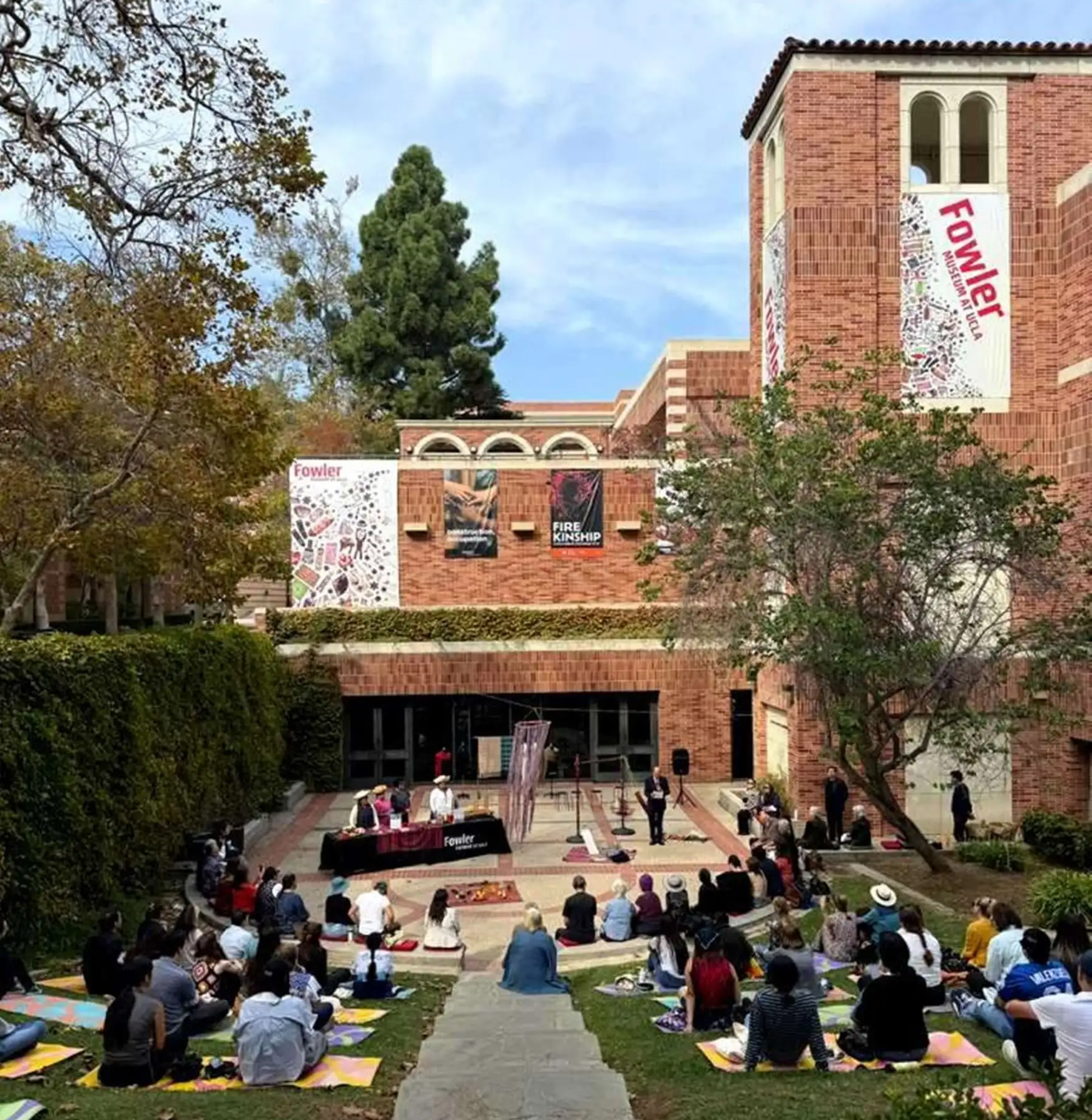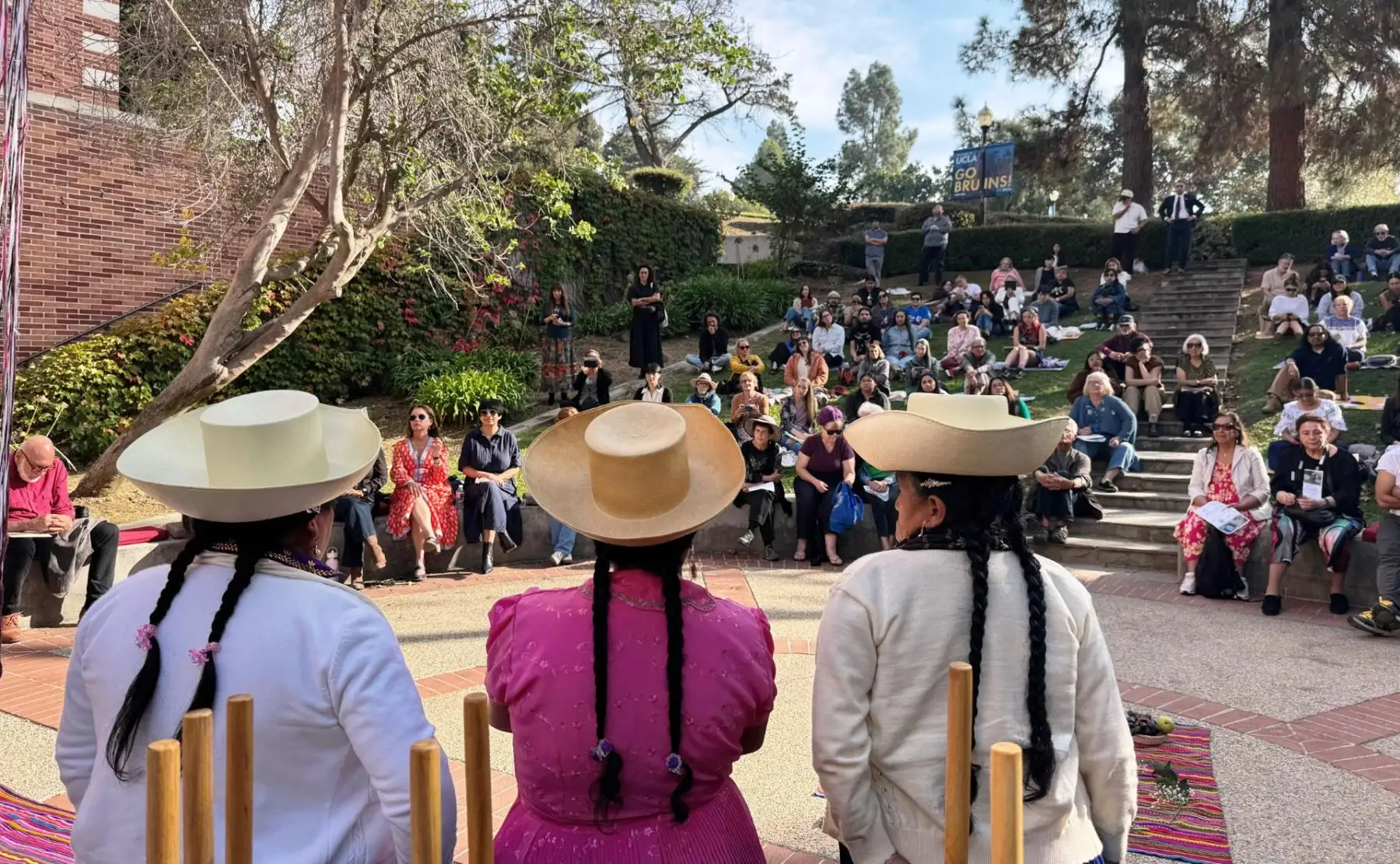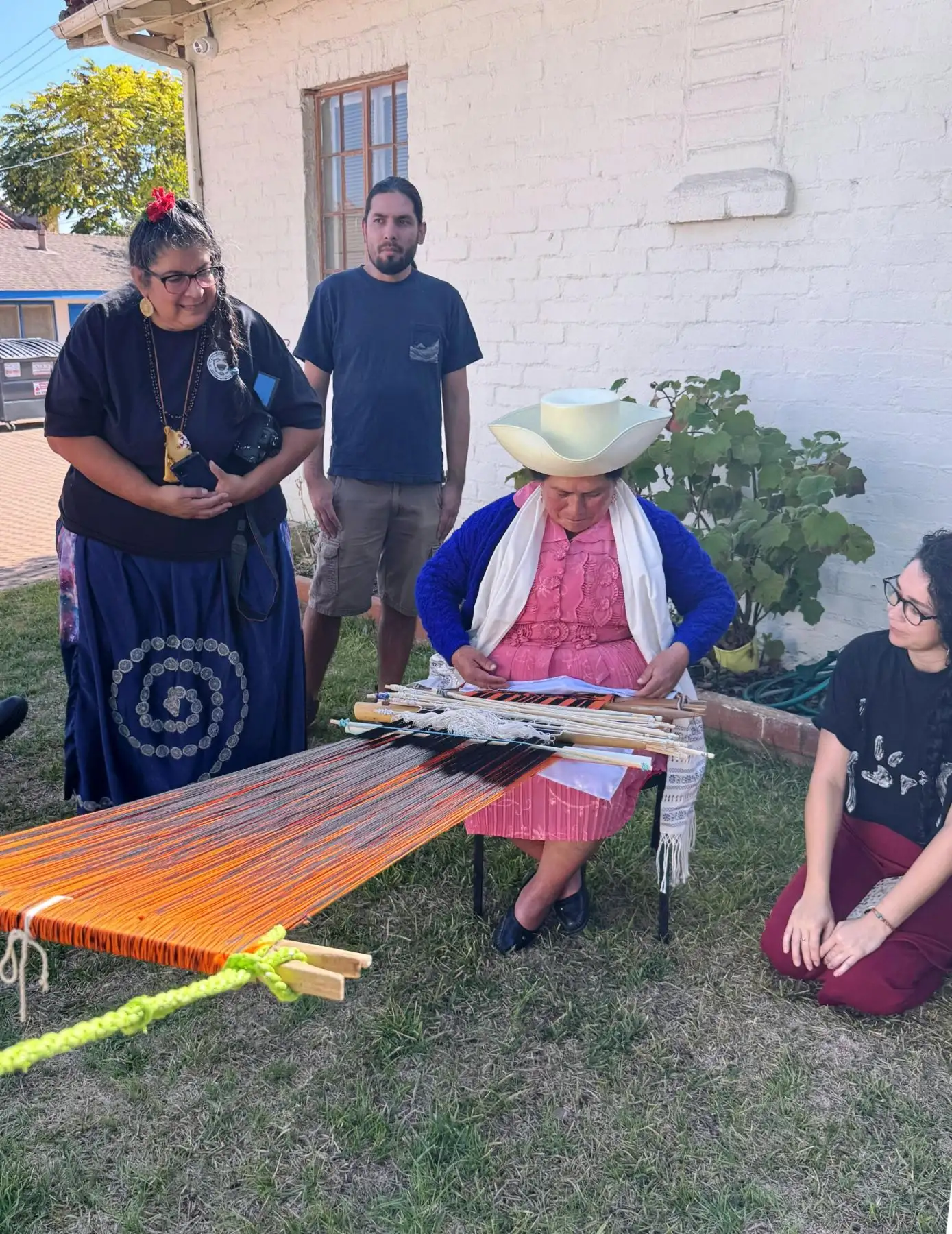Three master artisans from the province of San Miguel in Cajamarca, Peru, showed their work and ancestral wisdom at the exhibition “Living Threads: Ancestral Textile Knowledge from the Peruvian Andes,” held recently at the Fowler Museum at the University of California, Los Angeles (UCLA) in United States of America.
Dorila Mendoza, María Chuquijajas, and Lucila Romero participated on October 25 in the cultural showcase organized by the American university, with the support of the Ministry of Foreign Affairs of Peru, the Consulate General of Peru in Los Angeles, the Regional Office of the Ministry in Cajamarca, and the Pallay Center for Textile Art.

Peruvian archaeologist Solsiré Cusicanqui Marsano, a fellow at UCLA’s Center for Early Global Studies, highlighted the event’s importance to exhibit Cajamarca’s living ancestral knowledge, traditions that endure through the hands and memory of master weavers.
"This legacy represents Peru’s contribution to universal knowledge — a way of transmitting technologies and wisdom that places people and community at the center, respects nature, and values oral learning, collective practice, and creativity born from the land," said Cusicanqui.

Upon their arrival in Los Angeles, the Cajamarca delegation was welcomed by members of the Tongva/Gabrielino Indigenous communities, with whom they engaged in a cultural exchange. The artisans were also invited to lead workshops and classes for UCLA students, emphasizing the academic and cultural relevance of traditional Andean weaving in university settings.
Mendoza, Chuquijajas, and Romero are part of a network of more than 200 women who preserve and renew a 4,000 years textile tradition. They demonstrated backstrap loom weaving techniques at UCLA, participated in a public dialogue, and exhibited handmade textiles crafted from natural cotton.

The exhibition was curated by Cusicanqui, with guidance from anthropologist Haydée Quiroz, founder of the Pallay Center for Textile Art in Cajamarca.
Both underscored that the initiative seeks to honor the art, memory, and ancestral knowledge of Andean communities in northern Peru, while sharing the techniques and philosophy of backstrap loom weaving, declared Cultural Heritage of the Nation in 2019.
Some of the designs showcased by the weavers —who stayed in the U.S. from October 21 to 26— featured pre-Hispanic iconography dating back up to 1,500 years, as part of a collaborative project between the Pallay Center and the Department of Graphic Design at the Pontifical Catholic University of Peru (PUCP), under the direction of Carmen García.

A millennia-old tradition
Jaime Casafranca, Consul General of Peru in Los Angeles, noted that the success of Cajamarca’s weavers at UCLA reflects the growing local interest in learning about the millennia-old origins behind the fine handwoven textiles they purchase. He added that this event opens the door for more exhibitions in 2026, when Peru and the United States will celebrate 200 years of diplomatic relations.
For her part, Haydée Quiroz emphasized that one key cultural element is the presence of linguistic substrates in backstrap loom terminology, derived from ancient languages such as Den, Culle (or Culli), Quechua, and Muchik, in addition to Spanish.

This linguistic diversity, she explained, reveals an active technological and economic exchange between Caxamarca culture and its neighboring peoples, as well as those who later arrived in the region.
"It’s tangible evidence of historical connections and the entrepreneurial spirit of Cajamarcan people since ancient times — their ability to move across the Andes and through diverse ecological zones, as they continue to do today," Quiroz concluded.